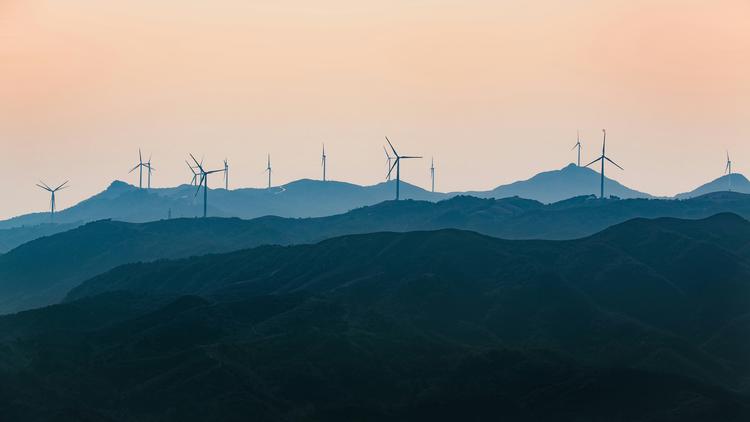Ann Arbor (Informed Comment) – Lauri Myllyvirta writes at Carbon Brief that China’s CO2 emissions over-all fell by 1% in the past 12 months, and by 1.6% in the first quarter of this year compared to Q1 of 2024. In the first quarter of this year, moreover, power sector emissions fell a dramatic 5.8 percent. That change came about because China burned less coal and used more wind, water, solar and battery (WWSB).
Myllyvirta, lead analyst at Finland’s Centre for Research on Energy and Clean Air, points out two potentially world-changing concomitants of this fall in emissions. First, it came even though China’s economy and energy use increased in the past year. Second, it was the direct result of renewables growth.
Moreover, it is the first time that renewable energy caused a drop in emissions. Previous such decreases had been owing to economic slowdowns or the COVID-19 pandemic. As such, we may have just witnessed a turning point, if China keeps this up.
China is the contemporary world’s largest emitter of greenhouse gases, at over 12 billion metric tons a year. Of course, if we total up all the emissions of Britain and the US, they are the global heating champs — China was largely agricultural until fairly recently and had much lower emissions of CO2. Still, the current attempt of anyone with a conscience to bring down emissions to zero by 2050 depends in part on the progress made by China.
The emissions news out of China for the past decade has not been good. Emissions have increased by 20% since 2015.
At the same time, however, China has installed 1,000 gigawatts of renewable energy, more than any other country in the world.
And it turns out that if you install that much renewable energy, after a while you stop using quite as much coal, which had driven China’s industrial revolution and allowed it to emerge as the workshop of the world.

Photo Xinyang, China by Vista Wei on Unsplash
Myllyvirta notes that the Chinese government seems committed to continuing to grow renewables, writing, “The China Wind Energy Association expects a new record of 105-115GW installed this year across onshore and offshore wind projects – up from the record-breaking 80GW last year – based on very active bidding last year. It also expects volumes to stay at that level even in 2026 and to then grow further towards 2030.”
Last year, China installed a jaw-dropping 278GW of solar. It won’t put in as much this coming year, but will still do at least 214 gigawatts, and maybe as much as 255GW. Even when China is slacking off it makes the rest of the world look bad by comparison. In contrast, in 2024 the US only put in 50 gigs of solar — though that was a bumper year for our backward energy economy.
Moreover, China installed 74 gigawatts of battery capacity in 2024, double what it did the previous year. Batteries are key to storing the intermittent energy production of wind and solar plants, so as to keep the lights on in the evening, e.g.
If China goes on like this, the report says, it may well turn a corner and begin a structural annual decline in emissions. It is too soon to be sure if that corner has been turned, and government policies could change for the worse. But these findings are a glimmer of hope. Europe has already shown that it can grow economically and still cut emissions. It isn’t clear that the US under the benighted Trump administration will pull its weight in this regard during the next four years. But if China and Europe can develop ever cheaper and more efficient renewables technology, it will be available to Americans if they ever wake up and get to work to limit the climate breakdown’s impact on our country and the world. Unfortunately, if other people develop that technology and are the first to implement it, we will pay through the nose for it rather than being the innovators to whom other countries have to come for their purchases in this sector.


 © 2025 All Rights Reserved
© 2025 All Rights Reserved